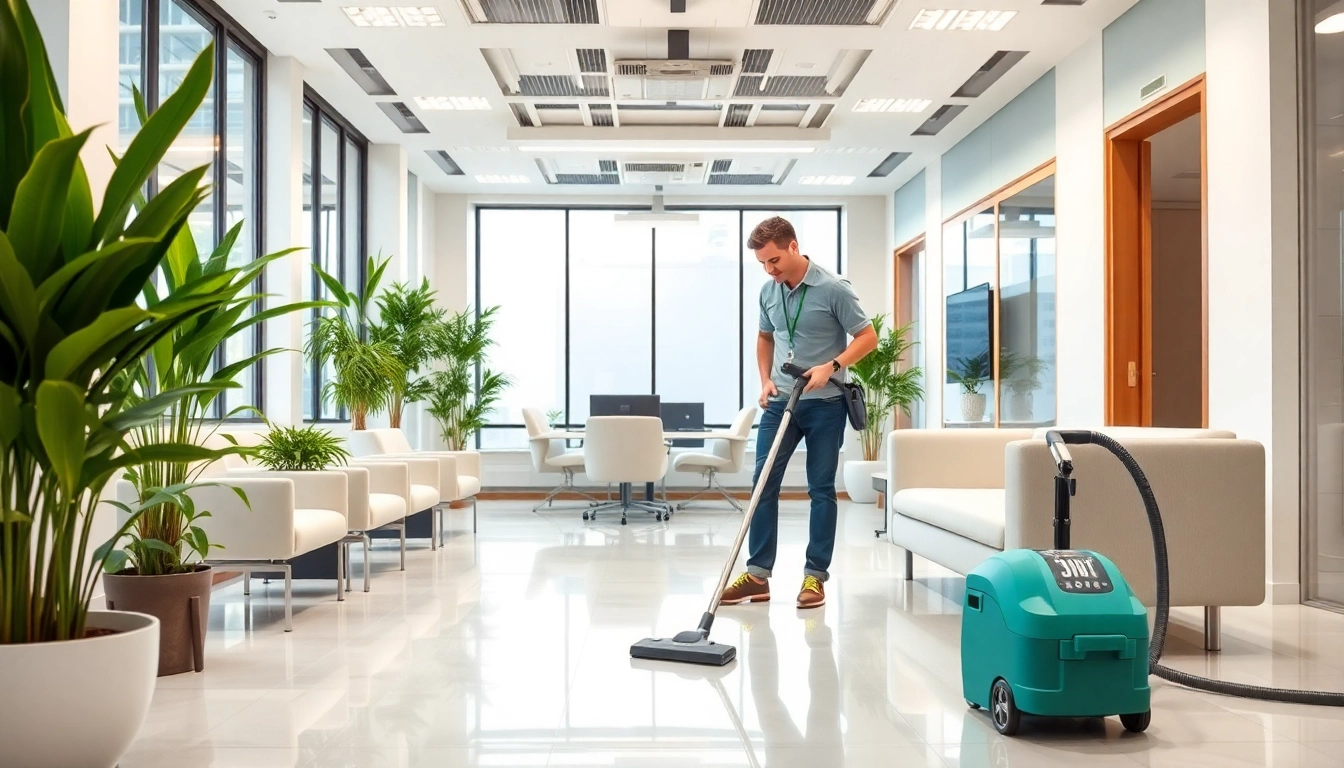Understanding Prep Table Repair
Prep tables are a vital component in any commercial kitchen, providing a dedicated workspace for food preparation while also offering refrigeration capabilities to ensure freshness. Over time, however, these indispensable units may encounter a variety of issues requiring prep table repair. Understanding common issues, recognizing signs of damage, and conducting regular maintenance can be crucial in minimizing downtime and ensuring optimal performance.
Common Issues Faced
Prep tables are generally reliable, but they are not immune to malfunctions. Here are some common issues that can arise:
- Temperature Control Problems: A malfunctioning thermostat can prevent the prep table from maintaining the right temperature, risking food safety.
- Poor Seals and Insulation: Damaged door seals can allow warm air to enter the refrigerated section, leading to temperature fluctuations.
- Electrical Failures: Issues with wiring or components may affect the operation of fans or compressors.
- Mechanical Failures: Components such as motors or compressors can wear out with usage, leading to inefficiencies and potential breakdowns.
- Surface Damage: Scratches, dents, or rusting can affect hygiene and the longevity of the unit.
Signs Your Prep Table Needs Repair
Identifying issues with your prep table early can save you time and money. Here are some signs that your prep table may need attention:
- Unusual noises such as grinding or buzzing may indicate mechanical problems.
- Food not staying at the right temperature, leading to spoilage issues.
- Visible frost build-up inside the unit or condensation on the exterior surfaces.
- Water pooling around the base or leaks that may point to refrigeration problems.
- Increased electricity bills due to inefficient operation.
Importance of Regular Maintenance
Regular maintenance plays a critical role in ensuring longevity and operational efficiency. Implementing a routine maintenance schedule can help in:
- Preventing major breakdowns by identifying issues early.
- Enhancing the energy efficiency of the unit.
- Extending the lifespan of equipment.
- Ensuring compliance with health and safety standards.
- Reducing repair costs over time as preventive measures are less costly than reactive repairs.
Troubleshooting Common Problems
When faced with malfunctions, it’s beneficial to troubleshoot problems systematically. Below is a guide tailored to address frequent issues.
Addressing Temperature Control Issues
Temperature control is paramount for food safety. Here’s how to address these issues:
- Check the Thermostat: Ensure it’s set correctly and functioning properly. If the temperature fluctuates despite settings, it might need recalibrating.
- Inspect Door Seals: Check rubber seals for cracks or decay. Replacing these can enhance insulation and improve performance.
- Monitor Airflow: Ensure that vents aren’t blocked by food products or packaging. Proper airflow is critical for temperature maintenance.
Sealing and Insulation Problems
Leaky seals can lead to energy inefficiency and spoilage risks. Address these problems by:
- Visual Inspection: Regularly inspect seals and gaskets for wear and replace them as necessary.
- Utilize Sealant: For minor rips or cracks, applying appropriate sealants can temporarily fix the issue.
- Maintain Regulatory Compliance: Regular seal checks ensure compliance with health codes and help maintain food safety.
Electrical and Mechanical Failures
If electrical components fail, the prep table can cease to operate altogether. Here’s how to troubleshoot:
- Check Electrical Connections: Ensure that cords and plugs are intact and the power outlet is functioning. Replacing damaged cords can resolve this issue.
- Examine the Circuit Breaker: Tripped breakers may cut power to the unit, so check if this is the case.
- Assess Mechanical Components: If fans or motors are malfunctioning, professional assessment and repair might be necessary.
DIY Prep Table Repair Techniques
For kitchen managers inclined towards DIY, understanding basic repair techniques can empower you to carry out minor repairs efficiently.
Basic Tools You’ll Need
Before attempting any repairs, ensure you have the right tools, which typically include:
- Screwdriver set (flathead and Phillips)
- Wrench set for tightening or loosening bolts
- Multimeter for electrical diagnostics
- Replacement parts or kits for specific repairs
- Cleaning supplies for maintenance tasks
Step-by-Step Repair Processes
While addressing specific problems may vary, here’s a generalized approach:
- Assess the Problem: Begin with a thorough inspection to identify the specific issue.
- Gather Necessary Supplies: Ensure you have replacements and tools at hand before starting.
- Perform Repairs: Follow logical steps for repairs, like sealing leaks or replacing thermostats. For most repairs, detailed instructions can be found in technical manuals or manufacturer websites.
- Test Functionality: After completing repairs, run tests to ensure the unit operates as expected.
- Keep Records: Document all repairs for reference and future upkeep strategies.
When to Call a Professional
Some repairs may be beyond DIY capabilities. It’s best to contact a professional when:
- Electrical issues arise that involve complex wiring.
- Refrigeration components fail, such as compressors or evaporators that require advanced knowledge.
- You lack proper tools or expertise for replacement parts.
- Your repairs do not yield results, suggesting deeper underlying problems.
Choosing the Right Repair Service
Selecting a repair professional can make a significant difference in the longevity and performance of your prep table. Here are key factors to consider:
Evaluating Credentials and Reputation
When evaluating a potential repair service, ensure they have the following:
- Proper licensing and insurance to protect against liabilities.
- Experience and certifications in dealing with commercial kitchen equipment.
- Positive reviews and testimonials from previous clients, indicating reliability and satisfaction.
Comparing Repair Costs
Repair costs vary widely based on the issue, the service provider, and your location. Here’s how to navigate costs:
- Gather multiple quotes from different providers.
- Understand pricing structures, whether they charge flat fees or hourly rates.
- Account for potential additional costs for parts or emergency services.
Reviews and Recommendations
Take time to read online reviews and seek referrals from other restaurateurs to determine reliable service providers. High ratings often align with quality service, ensuring peace of mind in a critical maintenance area.
Maintaining Your Prep Table for Longevity
Lastly, after repair or installation, establishing a proper maintenance routine is essential for prolonging the life of your prep table.
Daily Cleaning and Upkeep
Hygiene is vital in food preparation areas. To maintain cleanliness:
- Wipe down surfaces daily with appropriate cleaning solutions.
- Clear away food debris and sanitize surfaces regularly to prevent bacterial growth.
- Inspect seals and gaskets each day to catch potential issues early.
Seasonal Maintenance Checks
Seasonal checks can prevent breakdowns and enhance efficiency. Implement these strategies:
- Schedule seasonal inspections with a qualified technician to scrutinize the entire system.
- Use this opportunity to clean condenser coils and check for any signs of wear.
- Test all functions, including temperature calibrations, to ensure top performance.
Pro Tips for Extended Equipment Life
Following best practices can contribute greatly to extending your prep table’s lifespan:
- Maintain an adequate inventory of spare parts to handle minor repairs without delays.
- Foster an environment of training for staff on proper equipment use and care.
- Stay abreast of technological advancements in kitchen equipment for potential upgrades.



